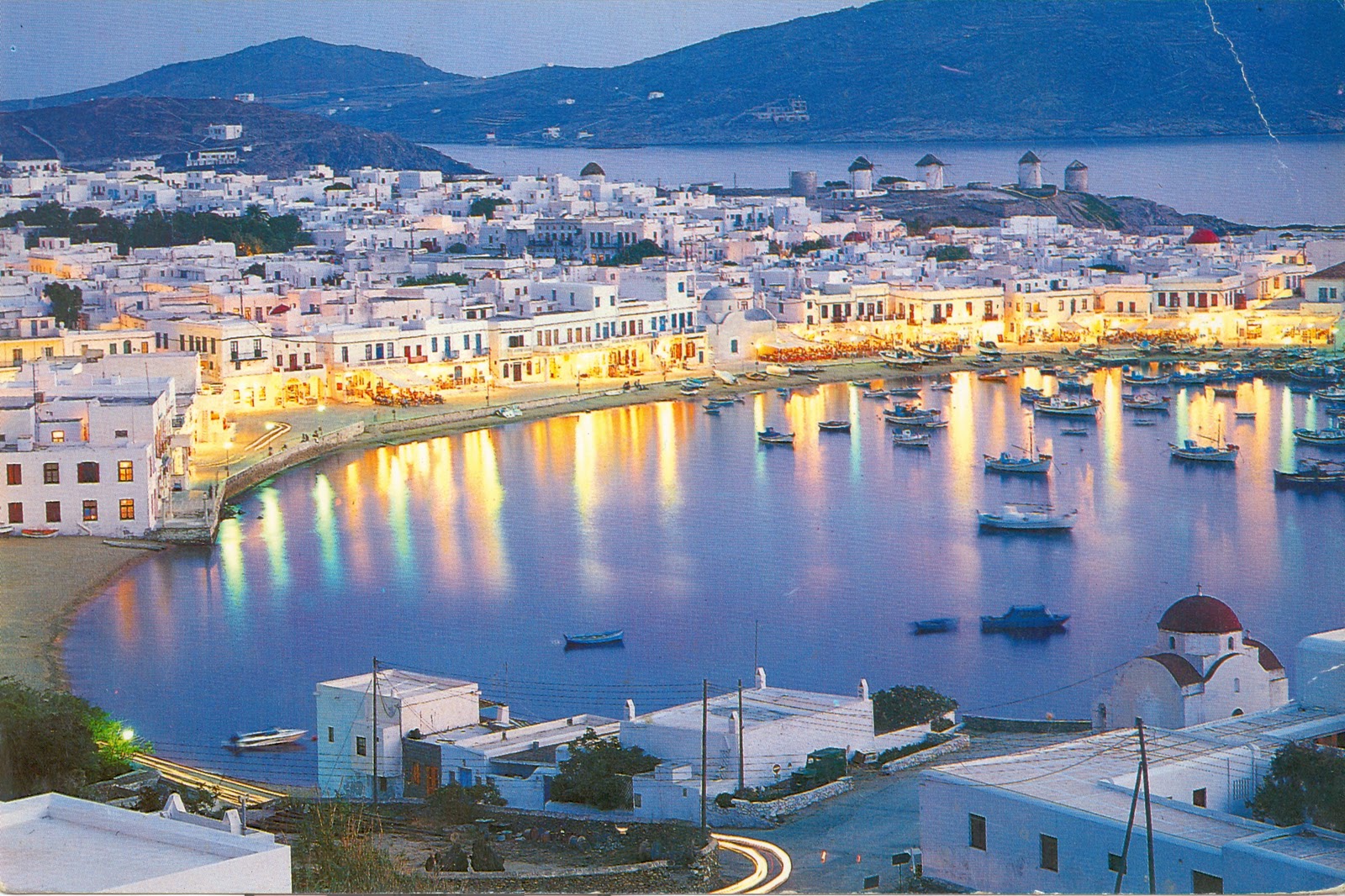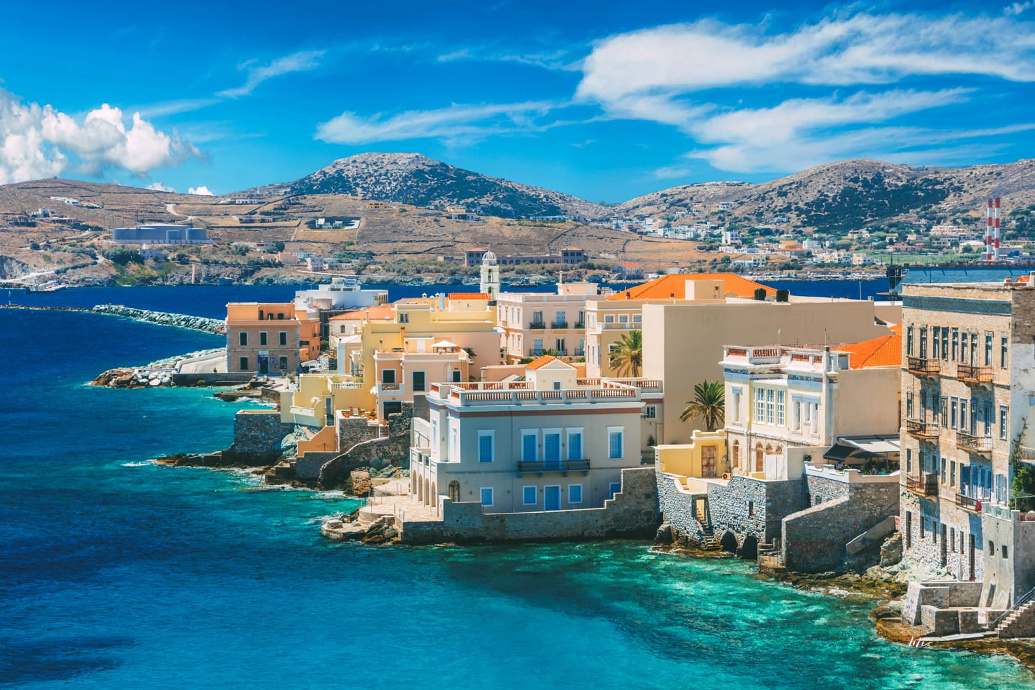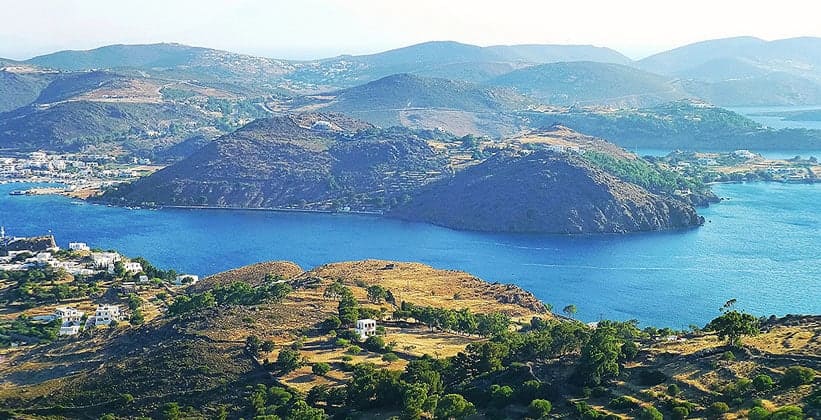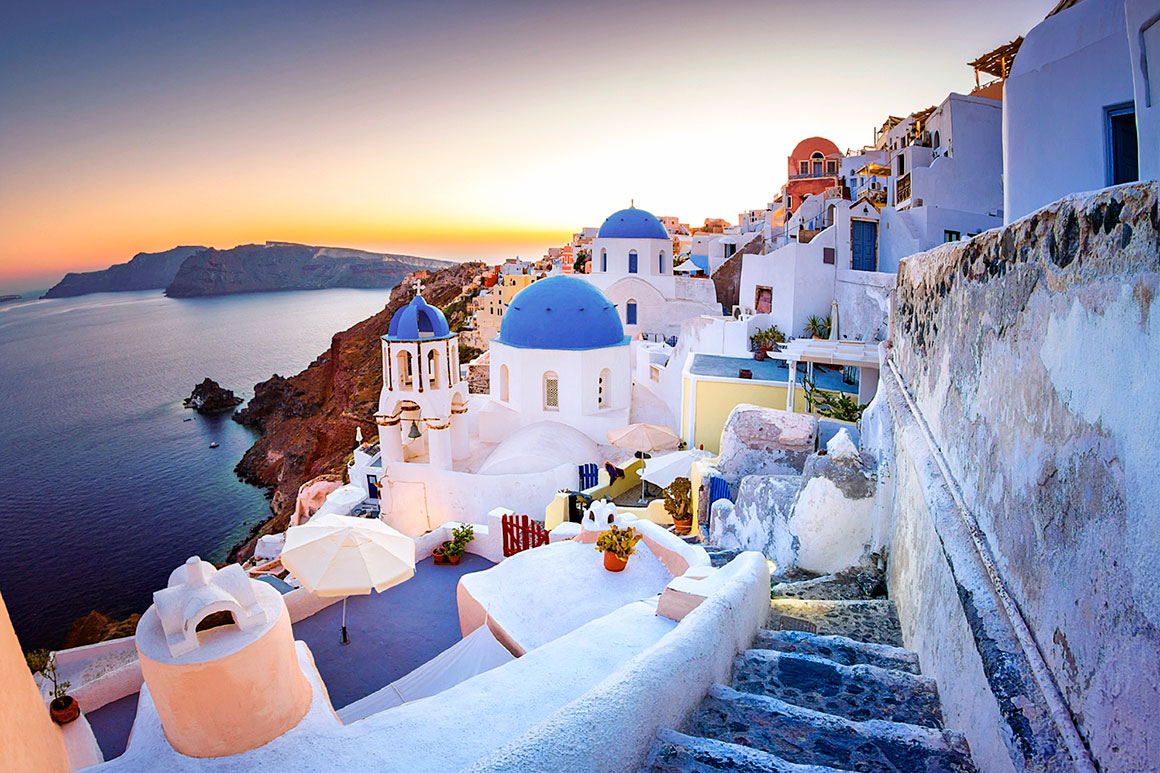

| Cruise Region : Mediterranean Sea, Europe South, Europe, Aegean Sea |
| Company : Celestyal Cruises |
| Ship : Celestyal Olympia |
| Journey Start : Fri 17 Nov 2023 |
| Journey End : Mon 20 Nov 2023 |
| Count Nights : 3 nights |
| Day | Port | Date | Arrival | Departure |
|---|---|---|---|---|
| 1 | Athens (Lavrion) / Greece | Fri 17 Nov | 13:00 | |
| 1 | Mykonos / Greece | Fri 17 Nov | 16:00 | 23:00 |
| 1 | Syros / Greece | Fri 17 Nov | 17:15 | 23:59 |
| 2 | Mykonos / Greece | Sat 18 Nov | 08:00 | 18:00 |
| 2 | Patmos / Greece | Sat 18 Nov | 16:00 | 21:00 |
| 3 | Santorini, Cyclades / Greece | Sun 19 Nov | 07:00 | 20:00 |
| 4 | Athens (Lavrion) / Greece | Mon 20 Nov | 06:00 |

Lavrion is the prettiest of the three ports and feels like a small Greek island all its own. While port towns are often raced through by visitors heading elsewhere, if you do have to spend a day at a port, Lavrion may be the way to go. It has a small Archaeological Museum and an interesting Mineralogical Museum, where the local mining heritage is shown off. Just for good measure, it also boasts a giant "Mystery Hole", a geological feature which seems like a giant bubble formed at the top of a hill and then popped, leaving a two-hundred-foot deep, somewhat rounded pit.Its origins are still being debated; some believe it was the result of a meteorite impact.

Mykonos is a Greek island, part of the Cyclades, lying between Tinos, Syros, Paros and Naxos. The island spans an area of 85.5 square kilometres (33.0 sq mi) and rises to an elevation of 341 metres (1,119 feet) at its highest point. There are 10,134 inhabitants (2011 census), most of whom live in the largest town, Mykonos, which lies on the west coast. The town is also known as Chora (i.e. the Town in Greek, following the common practice in Greece when the name of the island itself is the same as the name of the principal town).

Остров Сирос, сердце Киклад - административный, торговый, культурный центр и один из наиболее густонаселённых островов архипелага. Сирос, гористый в своей северной части, отличается разнообразием пейзажа в центральных районах: холмы сменяются равнинами и полями с многообразными сельскохозяйственными культурами. Его побережье изрезано, образуя большие и маленькие бухты, мысы и два больших залива - у городов Эрмуполи на востоке и Финикас на западе.

Mykonos is a Greek island, part of the Cyclades, lying between Tinos, Syros, Paros and Naxos. The island spans an area of 85.5 square kilometres (33.0 sq mi) and rises to an elevation of 341 metres (1,119 feet) at its highest point. There are 10,134 inhabitants (2011 census), most of whom live in the largest town, Mykonos, which lies on the west coast. The town is also known as Chora (i.e. the Town in Greek, following the common practice in Greece when the name of the island itself is the same as the name of the principal town).

Patmos is a small Greek island in the Aegean Sea, most famous for being the location of the vision given to the disciple John in the Book of Revelation in the New Testament, and where the book was written.
One of the northernmost islands of the Dodecanese complex, it has a population of 2,998 and an area of 34.05 km2(13.15 sq mi). The highest point is Profitis Ilias, 269 metres (883 ft) above sea level. The municipality of Patmos, which includes the offshore islands of Arkoi (pop. 44), Marathos (pop. 5), and several uninhabited islets, has a total population of 3,047 (2011 census) and a combined land area of 45.039 square kilometres (17.390 sq mi). It is part of the Kalymnos regional unit.
Patmos' main communities are Chora (the capital city), and Skala, the only commercial port. Other settlements are Grikou and Kampos. The churches and communities on Patmos are of the Eastern Orthodox tradition. The mayor of Patmos is Gregory Stoikos.

Santorini, classically Thera, and officially Thira, is an island in the southern Aegean Sea, about 200 km (120 mi) southeast of Greece's mainland. It is the largest island of a small, circular archipelago, which bears the same name and is the remnant of a volcanic caldera. It forms the southernmost member of the Cyclades group of islands, with an area of approximately 73 km2 (28 sq mi) and a 2011 census population of 15,550. The municipality of Santorini includes the inhabited islands of Santorini and Therasia and the uninhabited islands of Nea Kameni, Palaia Kameni, Aspronisi, and Christiana. The total land area is 90.623 km2 (34.990 sq mi).Santorini is part of the Thira regional unit.
The island was the site of one of the largest volcanic eruptions in recorded history: the Minoan eruption(sometimes called the Thera eruption), which occurred about 3,600 years ago at the height of the Minoan civilization. The eruption left a large caldera surrounded by volcanic ash deposits hundreds of metres deep. It may have led indirectly to the collapse of the Minoan civilization on the island of Crete, 110 km (68 mi) to the south, through a gigantic tsunami. Another popular theory holds that the Thera eruption is the source of the legend of Atlantis.
It is the most active volcanic centre in the South Aegean Volcanic Arc, though what remains today is chiefly a water-filled caldera. The volcanic arc is approximately 500 km (310 mi) long and 20 to 40 km (12 to 25 mi) wide. The region first became volcanically active around 3–4 million years ago[citation needed], though volcanism on Thera began around 2 million years ago with the extrusion of dacitic lavas from vents around the Akrotiri.

Lavrion is the prettiest of the three ports and feels like a small Greek island all its own. While port towns are often raced through by visitors heading elsewhere, if you do have to spend a day at a port, Lavrion may be the way to go. It has a small Archaeological Museum and an interesting Mineralogical Museum, where the local mining heritage is shown off. Just for good measure, it also boasts a giant "Mystery Hole", a geological feature which seems like a giant bubble formed at the top of a hill and then popped, leaving a two-hundred-foot deep, somewhat rounded pit.Its origins are still being debated; some believe it was the result of a meteorite impact.